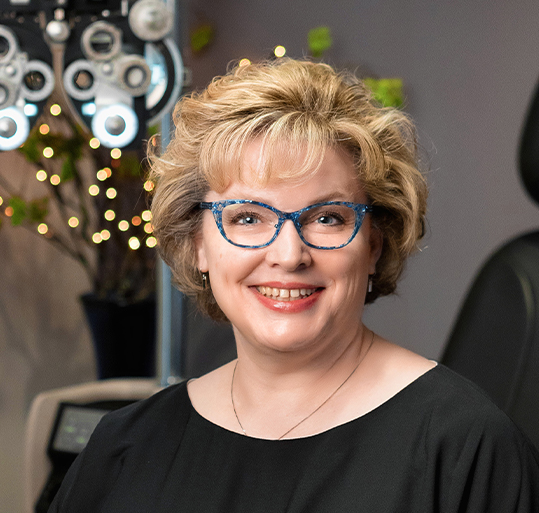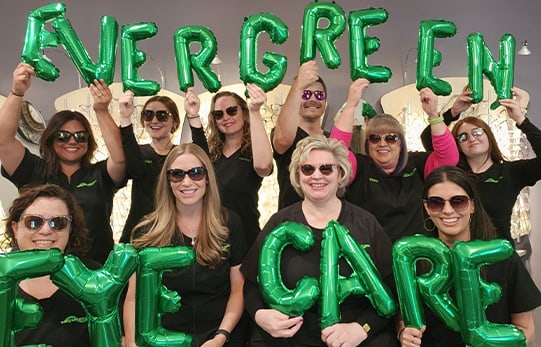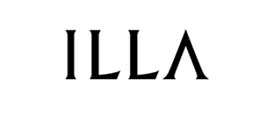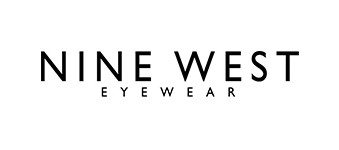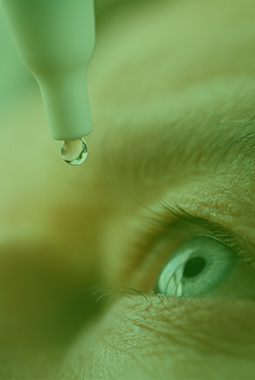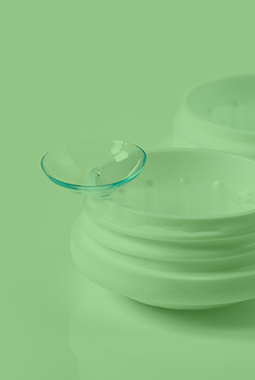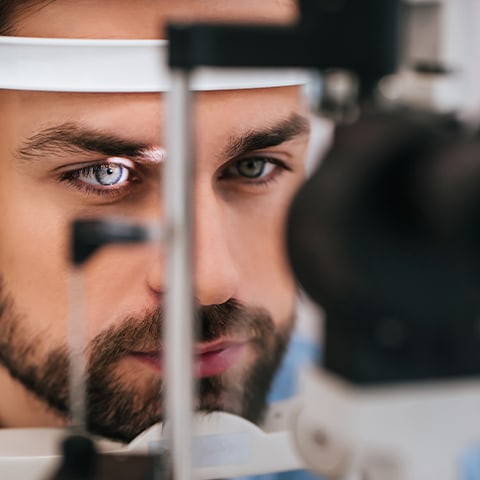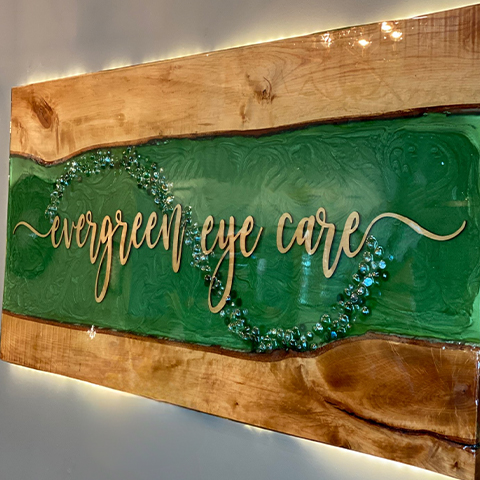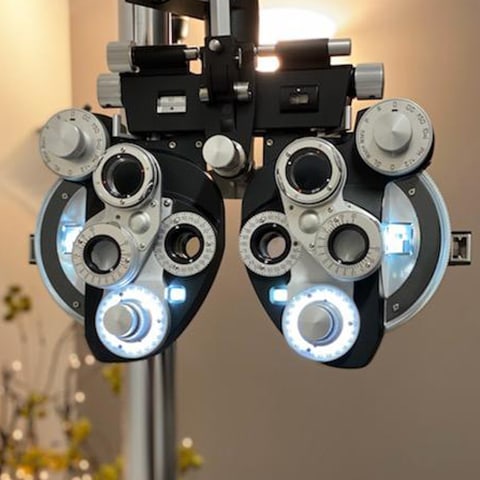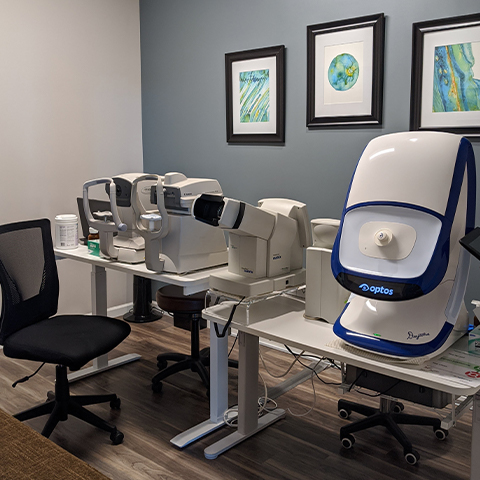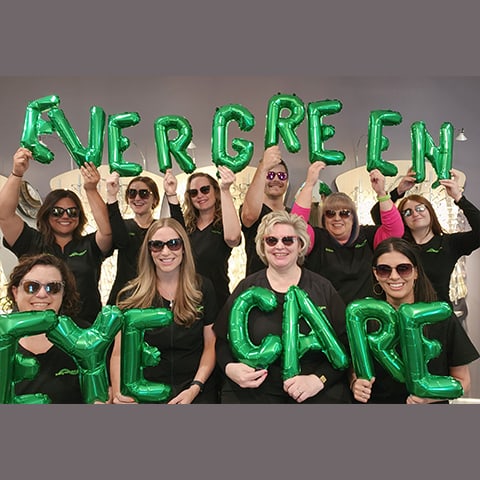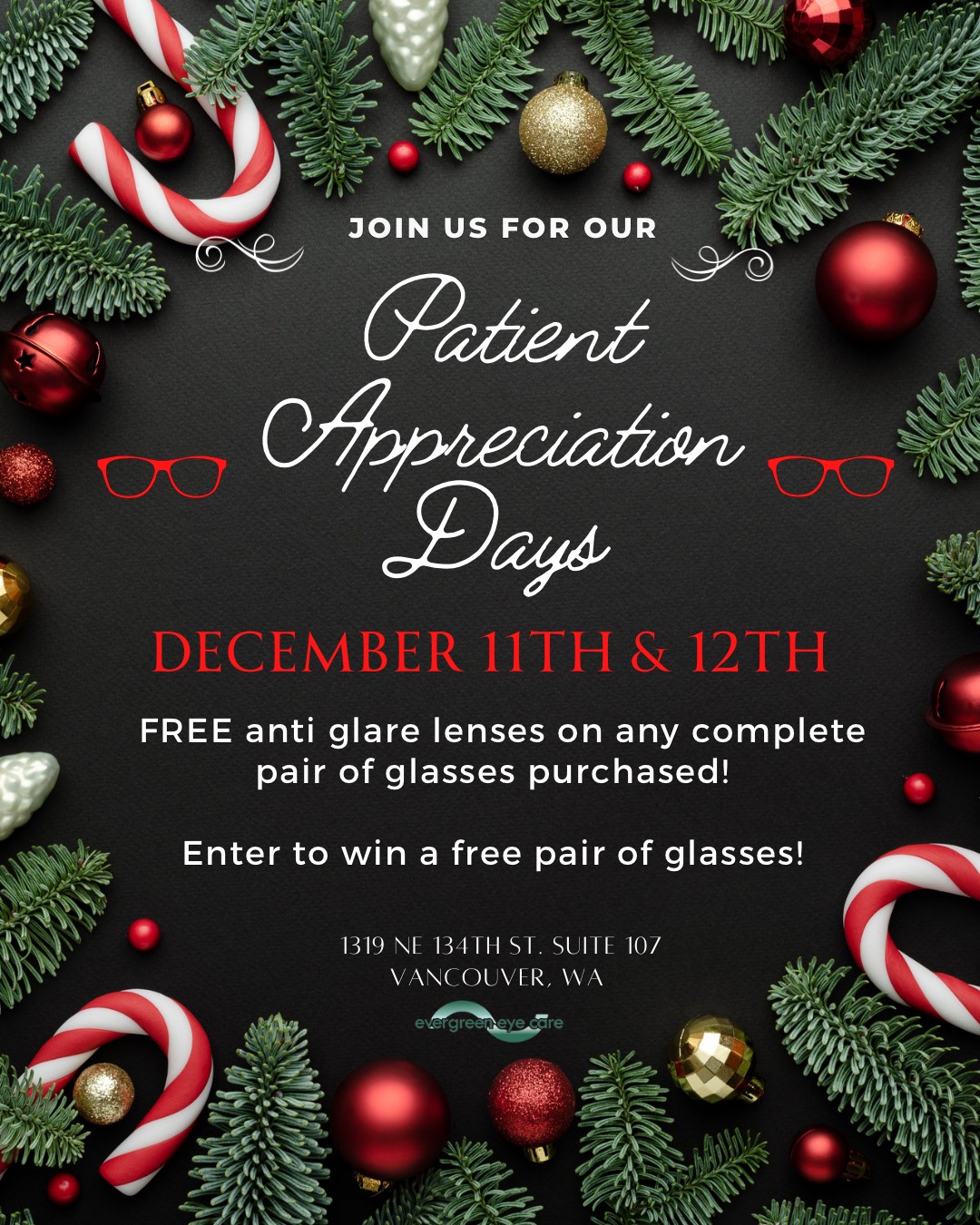Eyewear Options for Everyone
We’ve got eyewear options for the entire family in every budget and every style. Our team will help you pick the perfect frames for your face shape and lifestyle needs.
We carry durable frames for kids, funky colors and shapes for trendy teens, and style-savvy classics for office-goers. No matter your needs, we can find you something that fits your prescription and looks good too!
It shouldn’t be stressful to shop for eyewear—we’ll help make it easy by walking you through lens options, frame materials, and more. Come on in and shop for your perfect pair of glasses today.
Book AppointmentOur Brands

BEBE
BEBE is the go-to destination for chic, contemporary fashion. The brand evokes a mindset - an attitude, not an age. It's a true original, always defining fashion's next stride forward. Designed for the confident, sexy, modern woman, BEBE is a global label that embodies a sensual, sophisticated lifestyle.

Maui Jim
Maui Jim is the fastest growing American maker of premium polarized sunglasses, prescription sunglasses, and ophthalmic frames in the world! It all began in Lahaina, Hawaii, with a need for sunglasses that could eliminate the harsh Hawaiian glare without distorting the colors of the island scenery. Today, Maui Jim also produces stunning, high-quality ophthalmic frames.

MODO
MODO is dedicated to consistently designing eyewear that blends effortless minimalism with harmonious functionality. Their creative inspiration is found in the cities MODO resides in: New York, Milano, and Stockholm. Inventive technology and colorful designs achieve a highly unique collection of beautiful frames.

NW 77th
A history dating back to 1879, NW 77th - by Studio Optyx Eyewear - is a line of stylish frames made in St. Louis, MO. As the oldest eyewear company is still run by descendants of the original family, Studio Optyx brings a new sense of fun and distinctive style to an established and storied brand.

Oakley
Oakley invents each new product with a design philosophy called sculptural physics: the discipline of solving problems with science and wrapping them in art. Supported by an infrastructure that includes the latest tools of technology, Oakley engineers and artisans continue to expand the American company’s array of product categories.
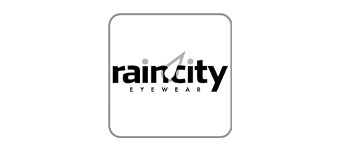
Rain City Eyewear
Rain City was created in 2014 by a select group of optical professionals with a shared passion for fashion eyewear. Tired of seeing frames produced by the usual corporate giants, we yearned for something different, a singular aesthetic, an eyewear collection inspired by the spirit and sensibilities of our hometown Seattle.

Shamir
Founded in 1972, Shamir Optical Industry Ltd. is one of the world’s leading manufacturers of high-quality progressive lenses. Famous for its Innovation, Technological Sophistication and rigorous Quality Assurance practices, Shamir is known for its quick response to changing consumer demands, and its ability to fill custom-design, private label product range orders.
Our Location
Eye care has changed a lot over the last decade. We make sure we have all the latest technology and eyecare services available. Our office is located off the I-5 on 134th Street. We look forward to working with you.
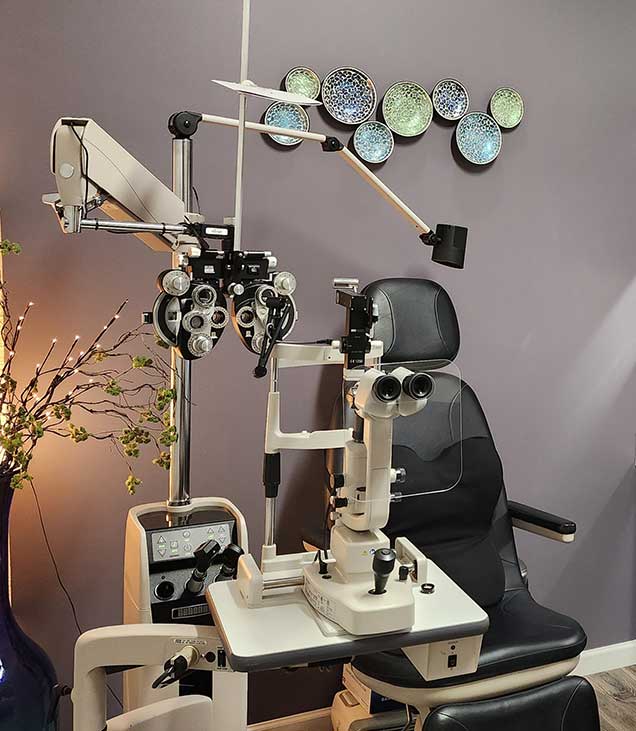
Our Address
- 1319 NE 134th ST. Suite 107
- Vancouver, WA 98685
Contact Information
- Phone: 360.573.3937
- Fax: 360.574.3290
- Email: [email protected]
Hours of Operation
- Monday: 8:30 AM – 6:00 PM
- Tuesday: 8:30 AM – 6:00 PM
- Wednesday: 8:30 AM – 6:00 PM
- Thursday: 8:30 AM – 6:00 PM
- Friday: 8:00 AM – 12:00 PM
- Saturday: Closed
- Sunday: Closed
Our Services
Our Brands
